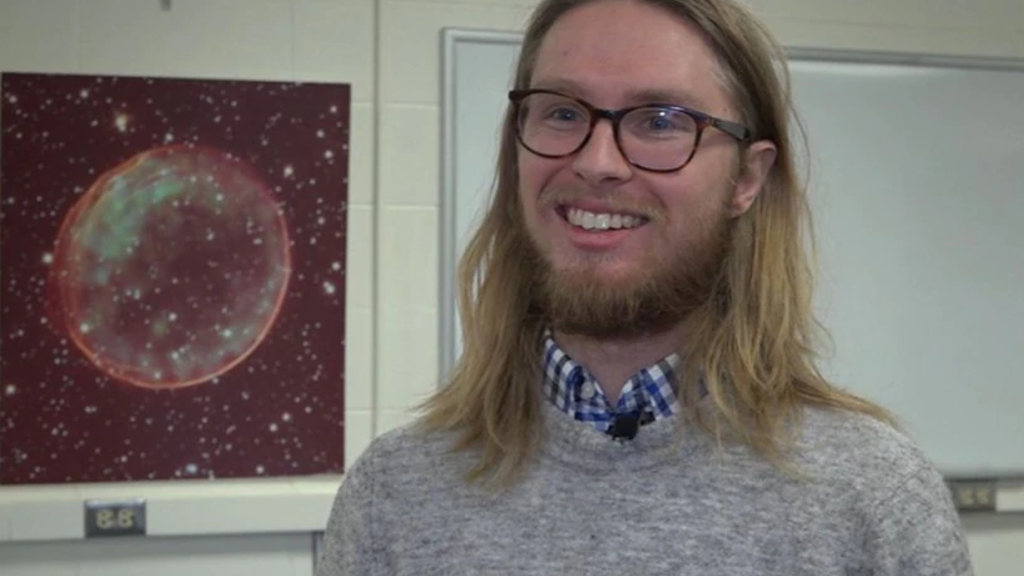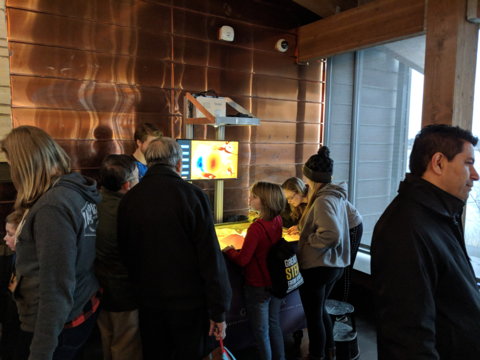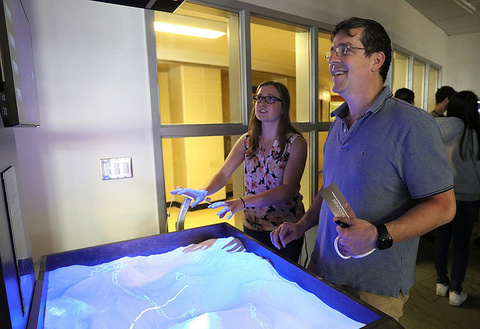Gravbox is an educational tool to demonstrate the effects of gravity on an object in space. It is an augmented reality environment aimed at students in high-school and undergraduate astronomy classes, but it's accessible to learners of all ages. Users manipulate a physical sandbox to create their own gravitational environment, and then they can launch an object through this environment to see its orbit in the Universe that they create. Bigger holes mean more massive objects, so they will "pull" on the object more strongly than a small divot. The orbits and sand surface information are projected onto the sand directly, updating in real time to how the user moves the sand around. This allows students to gain a better intuition for the complex gravitational fields and mass distributions that fill the Universe. Gravbox was developed by students at the University of Iowa. Support for this work is provided by the National Science Foundation grant AST-1614326 (PI: Hai Fu) and the Department of Physics and Astronomy at the University of Iowa.
Gravity Simulator Demonstration
Media Coverage

Press-Citizen: University of Iowa students show science behind gravity with 'sandbox'
Astronomy- Gravbox: The augmented-reality sandbox that helps users visualize gravity

Daily Iowan: Students use sandbox to demonstrate gravity
Space Daily: Students design and build augmented-reality 'sandbox' to show how gravity works
Inverse: Watch Iowa Researchers Mold Mini-Universes with Sand and Augmented Reality
Iowa Now: Student-created ‘sandbox’ shows how gravity works

KCRG-TV: UI virtual sandbox shows gravity in action
Public Demonstrations
STEAM (Science, Technology, Engineering, Art, and Math) festival, Iowa City, IA, April 15, 2018


A new Gravbox made by Queen's College, Ontario, CA, May 2018


Physics Demo Show, March 9, 2018